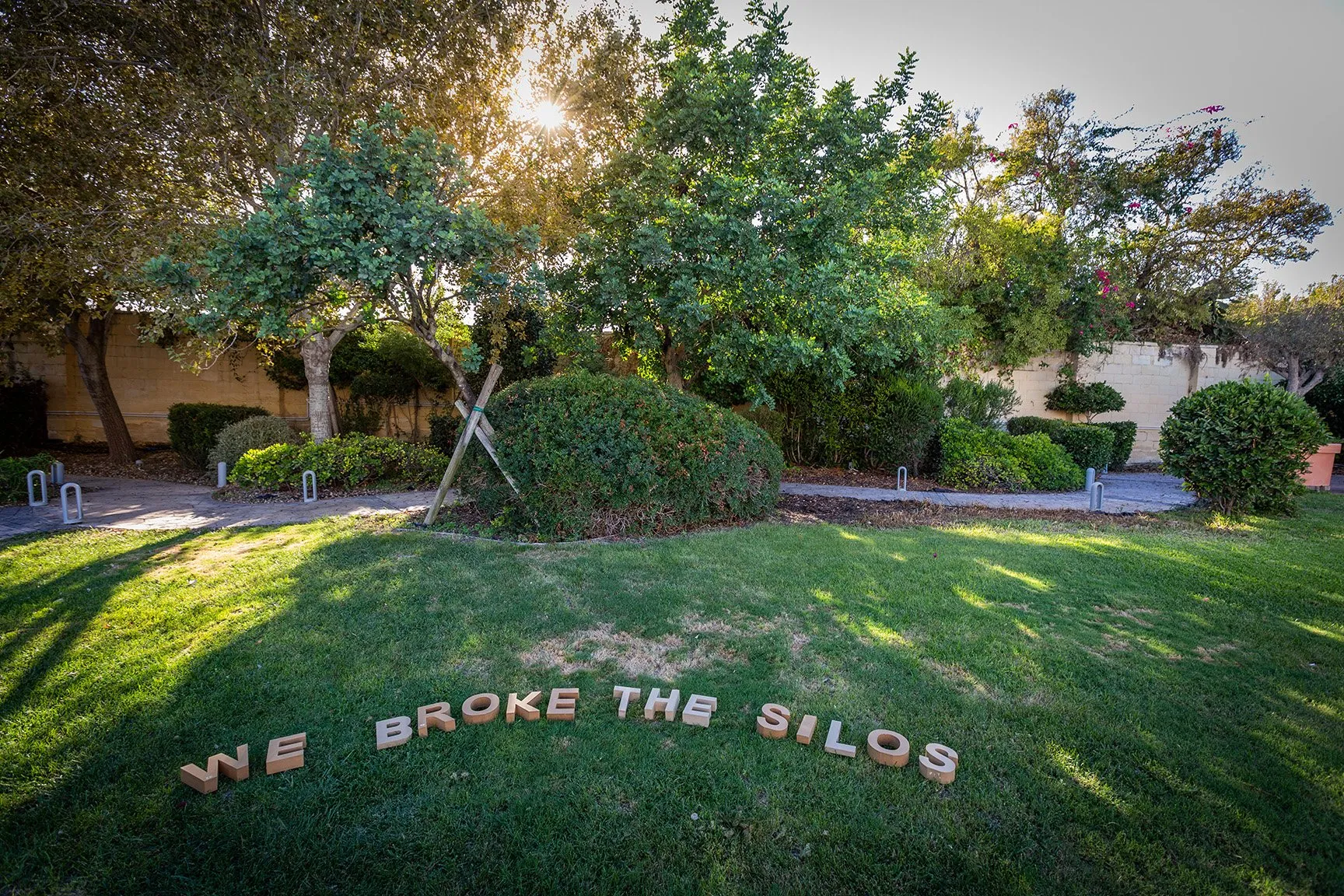
How organisations can avoid silos using technology
October 05, 2022
Blog Post

October 05, 2022
Blog Post
Sign up to our mailing list by filling in the form below.
If you have any questions or need more info, let's have a conversation. Schedule one here.
There is always more that we can learn, as both a business and as individuals, and we always relish the opportunity to not only educate ourselves, but also others, about the positive effects that technology can have on your organisation.
When StreetHR approached us to take part in HR GIG 7, and to talk about the impact that technology can have on communication silos in business, we were more than happy to put together some thoughts and take part.
Here’s what we talked about.
Before we can really talk about how technology can help with silos, we need to talk about silos themselves and the myth that silos happen only to companies that aren’t technologically advanced.
First of all, silos happen when communication in an organisation breaks down. This could be between departments, between people, or between machines, but regardless of the reason, the outcome is the same: at a time when communication is crucial, it can fail and lead the business down a path where productivity and profits suffer.
There’s a misconception that silos happen only because companies don’t invest in the right technology. This is false for a number of reasons: the number of companies that haven’t invested in some sort of technology grows smaller every day, there are thousands of programs created to aid businesses to work faster and communicate more effectively, and the onboarding process for those technologies is often very intense.

The problem comes from the technology itself not being prepared to interface with other similar technologies.
Before we address the practices that can be followed in breaking down silos, I think it is very important to first understand how technology silos are created in organisations. This is not always intentional, but rather because the technical needs of organisations are addressed at different stages.
For example, consider that retailer X has a physical and online presence, but its eCommerce capabilities were developed through a separate effort to its store network and supply chain solutions. As these systems have not been integrated correctly, or they have been implemented at different times, they stand as silos within business operations, leading to a disconnect in an environment that needs fluid integration.
The result is that stock volumes are not in sync between their stock management system and their eCommerce site, impacting their customer experience and leading to lost sales opportunities.
Another crippling result of siloed solutions is the inability to access data for performance management and analytical reporting across these solutions. The data is fragmented and limited in richness to successfully produce accurate and meaningful reports. Often you will hear the Sales and Marketing team say ‘we are flying blind’, not having insights into customer behaviour and buying patterns, that allow them to guide production, procurement, and marketing efforts.
To overcome these daily challenges, the most prominent mistake organisations make is to throw manpower at it: for example, using their procurement team to manually copy and update stock levels across these solutions, or the finance team to collate data into spreadsheets across departments for weekly management reporting, redirecting their focus from their main functions. The often-unquantifiable cost of this approach is overlooked, and most organisations don’t consider the opportunity cost, impact on their employees, or fully understand the number of mistakes made.
It stifles the organisation’s growth potential from being a lean operation with smart offerings to it being a reactive organisation.
Make sure you integrate your solutions in the way you want to run your business.
The objective of breaking these silos is for an organisation to improve working relationships with customers and partners and internally:

Absolutely.
Every organisation is at a different level of digital maturity and faces its own daily challenges. For organisations that understand the importance of integration and data accessibility, it will be easier to address the next challenge because the foundations have been laid.
For those that have not yet addressed this fundamental challenge, it’s never too late, the sooner you talk to your technology provider and prioritise it, the better. After all, you do not want to be left behind but rather set up your organisation to be agile and flexible for future growth.
Business intelligence helps you make data-driven decisions, and a big part of business intelligence is making sure that you have the information you need. When we implement technical solutions, we sometimes have to implement two or three to achieve everything we want to with the program. If you manage to integrate the programmes with each other, it solves a big problem for your business: that of collecting updated data from multiple points.
Business intelligence is using that software to help generate insights that will lead to better decisions overall. Therefore, you need your technology to update and communicate over several departments.
All technology can be made to communicate with each other. As a business intelligence and integration company, we know how frustrating it is to keep several programs in sync, let alone to collect data – and we’ve also seen the benefits of programs communicating across a whole organisation.
If you’re looking to improve your business intelligence practice, set up a data warehouse, or create a connection between your disparate programs, we’re happy to help you figure out the way forward for your business.

Founded in 2016 and headquartered in Malta, Cleverbit Software is a prominent custom software development company, employing over 70 skilled professionals across Europe. Specialising in custom software for business efficiency, we cater to a diverse international clientele, including sectors in Malta, Luxembourg, Denmark, the United States, and the United Kingdom. Our commitment to delivering tailored, industry-specific software solutions makes us a trusted partner in driving business innovation and efficiency.
Would you like to discuss anything software?
Here's our email:
[email protected]
Here's our phone:
+356 2704 2495